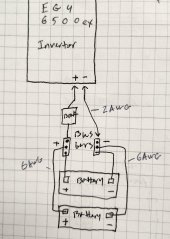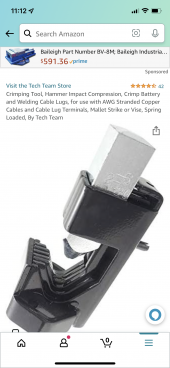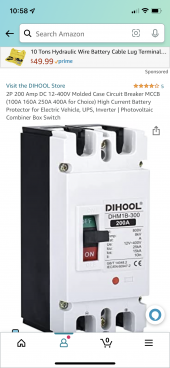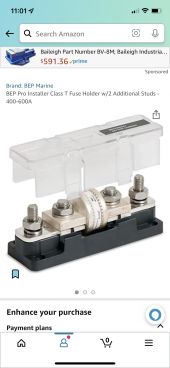Djbodya
New Member
- Joined
- May 30, 2022
- Messages
- 73
Hey, here is the question, I want to run a 2nd battery or 2 battery set up. Here is the photo of how I want to do it 
I'm running 2awg cable from the inverter to the battery directly, can I use 6awg wire to the busbars and 2awg from busbar to Inverter? Or can I just parallel the 2 battery packs directly with 2awg all the way. Can you guys provide me with some knowledge on this...

I'm running 2awg cable from the inverter to the battery directly, can I use 6awg wire to the busbars and 2awg from busbar to Inverter? Or can I just parallel the 2 battery packs directly with 2awg all the way. Can you guys provide me with some knowledge on this...







